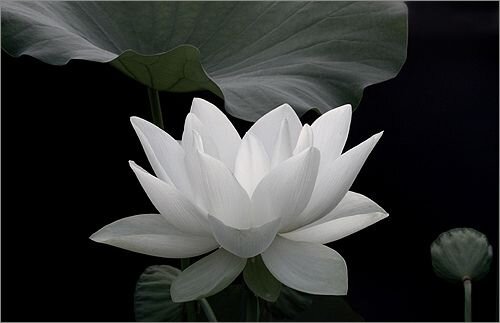“No Mud, No Lotus”: The Beauty of Transformative Spring
by Bahman Farzad
No Mud, No Lotus
This famous phrase by Buddhist monk, Thich Nhat Hanh, always holds a lot of meaning when we feel spring inching closer.
February is damp and cold. March is a turning point or transformative time from the bitter cold of winter towards the watery spring. In Ayurveda, spring is dominated by water and earth elements, or kapha. And depending on where you live, you may even spy daffodils pushing up from underground, a cool metaphor for us to get moving — and emerge with our own inner growth, warmth and strength.
“Most people are afraid of suffering. But suffering is a kind of mud to help the lotus flower of happiness grow. There can be no lotus flower without the mud.”
Thich Nhat Hanh, well known for his Zen Buddhism teachings, focuses this famous book on accepting living with suffering. He stresses being conscious of our suffering is the first step in living a happy life. If one is constantly denying the presence of suffering, one can never truly experience happiness.
In every situation, especially the darker ones in the depths of winter, there is something to be taken away from it. It might be a memory, an awareness, a lesson, a reminder or feeling of your individual specialness and a re-connection with the true you. The you that you and everyone else in your life cherishes.
But so often we can get lost in identifying with our false self – the ego-ruled self featured in last month’s blog. What’s interesting is how this false self evolves and sustains itself — and what we can do to come back to being.
Yogic thinking agrees with the idea that suffering is always present, but that there are actions we can take to come into balance. Pantajali describes the root of all our pain and suffering as something called kleshas. The five kleshas are:
1. Avidya – Ignorance
When we are ignorant of our true nature we experience pain and suffering. So, what is our true nature? It’s that part of you that is always loving, peaceful, and unchanging.
2. Asmita – Egoism
Losing track of our own true nature sometimes makes us identify with me and mine. We lose sight of our connection to one another and at our core, we are all a united one. Sometimes this involves self-deprecating thoughts of behavior if we take things too personally.
3. Raga – Attachments
When our egos are the main focus or our egos are wounded, we can also cultivate attachments to our desires. Desires can be healthy, but the attachment to desires is what can cause pain and suffering. For example, an obsession with being perfect when we know the idea of being perfect doesn’t really exist.
4. Dvesa – Aversions
At times when we are led by our ego and controlled by strong desires, we will also develop strong aversive reactions when those desires are not fulfilled. One always impacts the other.
5. Abhinidvesa – Fear
When this cycle of attachments and aversions take place, we fear any kind of change and experience suffering when we cannot control everything in life. Deep down we know the only constant is change, yet it constantly scares us, especially the fear of death.
Yogic philosophy tells us that if we can eliminate the first klesha, ignorance, the rest of the kleshas cease to exist. If we awaken and connect with our true nature, there would be no room for egoism, attachment, aversion and less to fear. But how?
It can be a difficult thing to do when we’re struggling with issues of self-acceptance or knowing that we’re even in pain. When it feels hard, being gentle and patient with ourselves and giving “self-love” can help. Try to:
Find a place that is comfortable or a memory you feel good thinking about. Try to connect with that feeling of who you are at your core and with your most authentic self.
If it’s hard to bring these feelings or memories up, imagine comforting yourself in the same way a friend or loved one might comfort you or show they care.
Remember that even though your body, economics, personal relationships, or other circumstances may have changed, that same person is within you always.
Spend a few breaths or minutes connecting with this image and these feelings in your meditation. Before you get out of bed or check your phone in the morning, take mini moments to connect with your body and breath during breaks throughout the day.
Also try yoga, including postures, breathing, and a 10-15-minute daily meditation practice. This will help you continually bring you back to your true nature.
Spend time with yourself in other ways, too. Running, drawing, writing, and other activities are all good ways to nurture this our relationship, extending beyond the physical body to connect more deeply with yourself.
Do this every day over several weeks — cultivating a relationship with our Self takes time. And to combat daily distractions and challenges, we need to develop a daily ritual that reminds us of who we truly are.
Over time and with practice, the relationship with your Self can be strengthened in almost any activity you choose. It is then when your yoga will truly become a practice in action.

